Thanks to the readers who sent in photos at my behest. And today we have one of most faithful contributors, Mark Sturtevant, with some lovely photos of arthropods. Mark’s captions and IDs are indented, and you can enlarge his photos by clicking on them.
Last summer I chose to go back to Ohio to spend a few days “bugging” the local parks with a camera. I had gone late the previous summer, but this trip was done much earlier. Here are some of the critters that I had found, beginning with moths.
Here is a Tulip Tree Beauty Caterpillar (Epimecis hortaria). This will become an intricately patterned Geometrid moth with variable color patterns, as shown in the link:
A Orange-patched Smoky Moth, Pyromorpha dimidiate. Larvae feed on decaying leaves in oak woods. The moth is clearly a mimic of one the toxic Net-winged Beetles, but I don’t know if this is a case of Batesian mimicry, where the beetle is the only one with a defense, or Müllerian mimicry, where both are unpalatable and so they mimic one another:
Deep in the woods, these boldly marked moths were quite common on the low vegetation, although they seldom allowed me to get close. It is one of the Haploa Moths (which is in the Tiger Moth family), but there are perhaps three species that are similar and I can’t be sure of the exact species. I can say that it is a dead ringer for Haploa lecontei:
Next up is a bumble-bee mimicking Robberfly Laphria sp. These robust predatory flies are always interesting to watch since they can swivel their heads around to look for prey. When I found this one, it had recently hauled in a Golden-backed Snipe Fly (Chrysopilus thoracicus), and it was still struggling.
Next up are a pair of Leaf-footed Bugs, Acanthocephala sp. The female is feeding on bird poo, which is a thing that these bugs often do:
I was quite happy to see this Cocklebur Weevil, Rhodobaenus quinquepunctatus. Larvae bore into cocklebur stems and in other members of the sunflower family. I presume it is a Batesian mimic of the toxic milkweed bug:
Here is a pair of black-headed Ash Sawfly larvae, Tethida barda. Although they resemble Lepidopteran caterpillars, sawfly larvae actually grow up into stingless wasps:
There were quite a few of these Stoneflies near a river. I cannot even begin to ID these further with any confidence. The immature stages of these archaic-looking insects are aquatic:
The terrain gets quite hilly farther south in the state, and so the park trails there would send me down deep gorges. Along these trails the rocks and trees were generously festooned with large millipedes (the size of pencils) that I think belong to the Narceus americanus/annularis species complex. The taxonomy in the group appears to be messy and someone needs to sort them out:
Lastly, here is an interesting spider, the Humpbacked Orbweaver Eustela anastera with an unknown moth as prey. I don’t remember if I’ve ever seen one before:

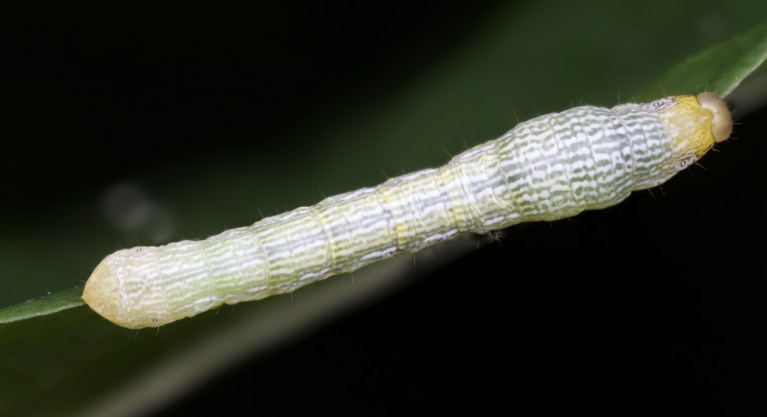

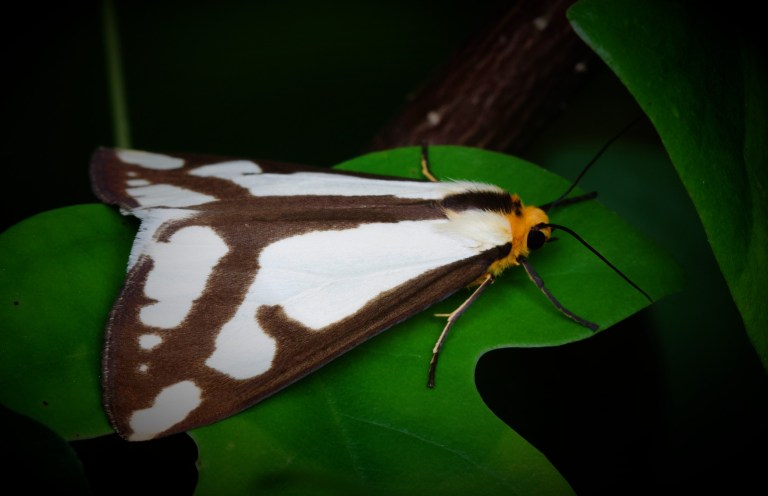
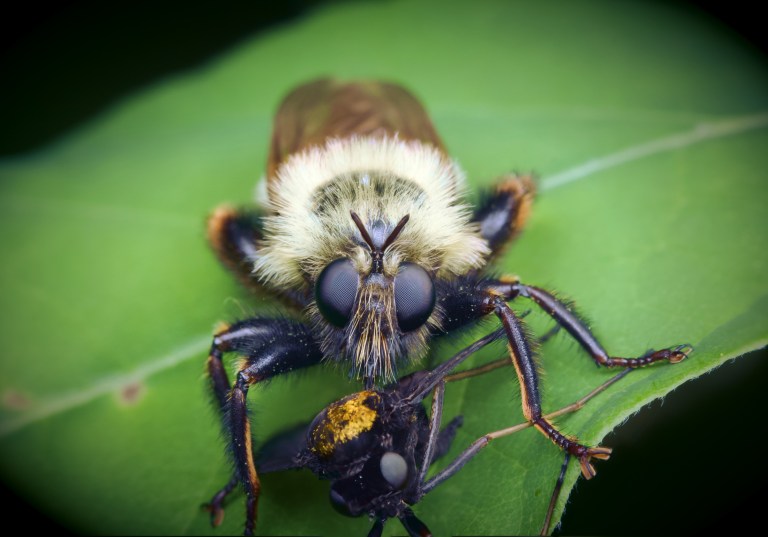
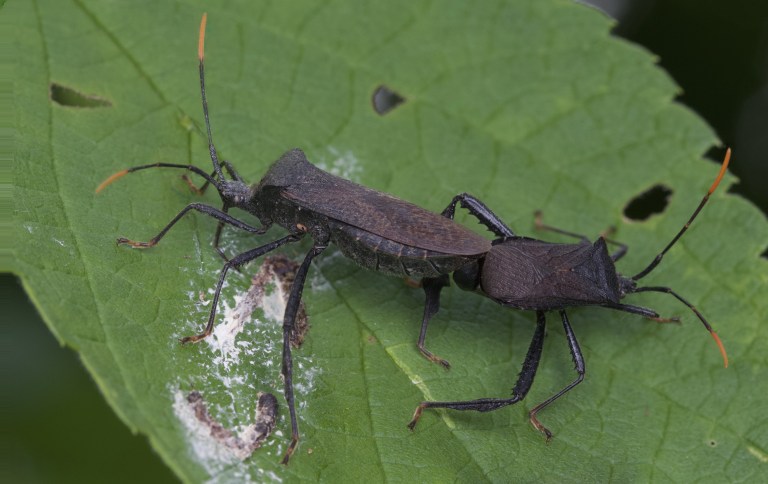
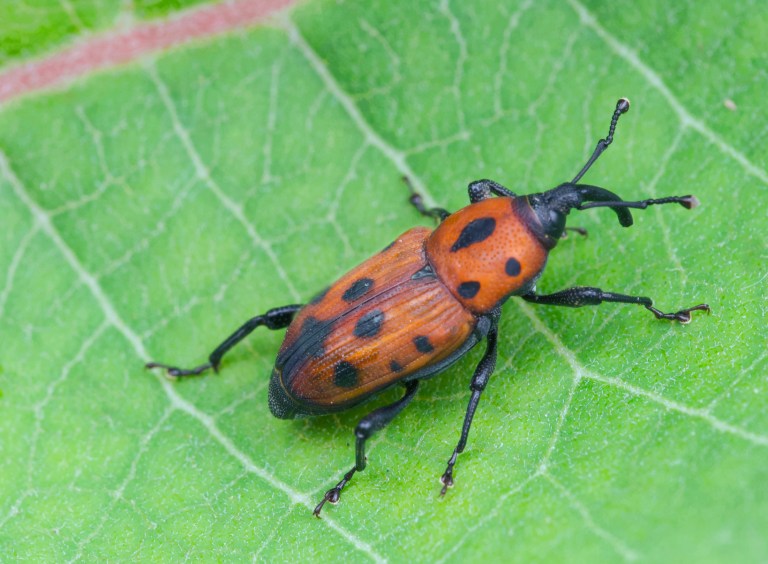
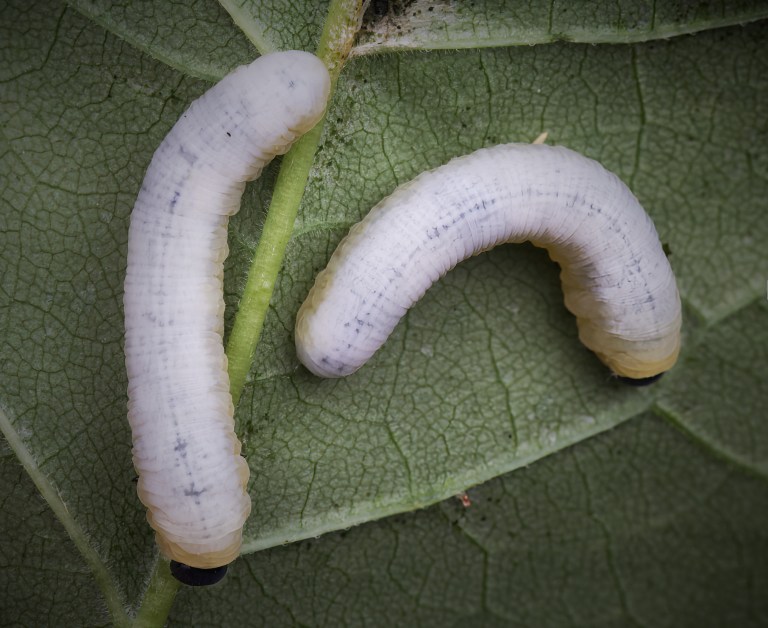
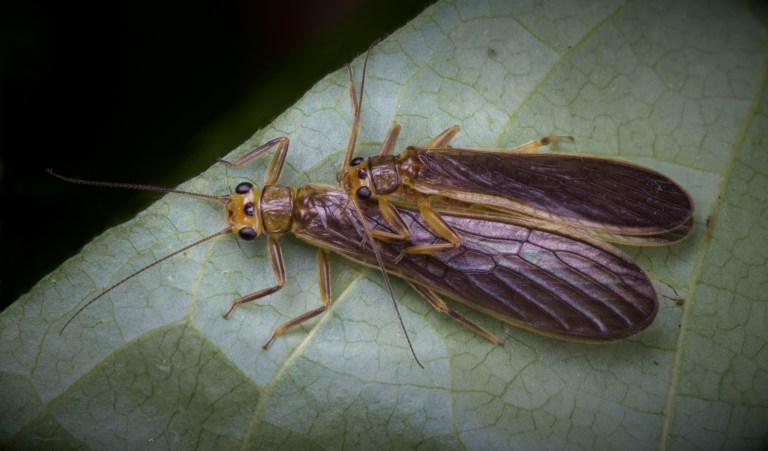
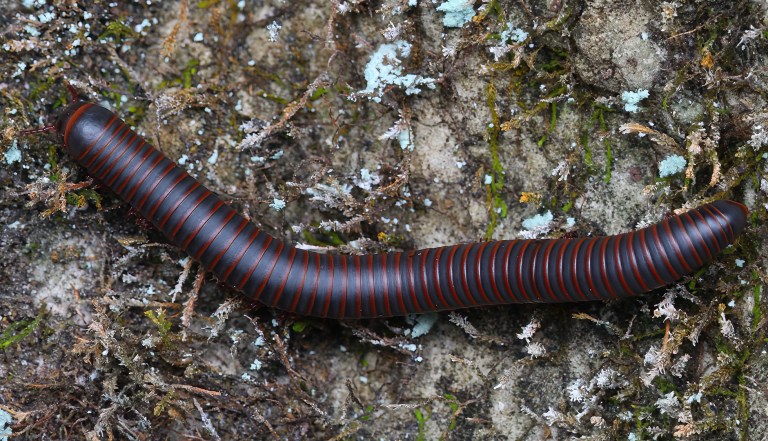
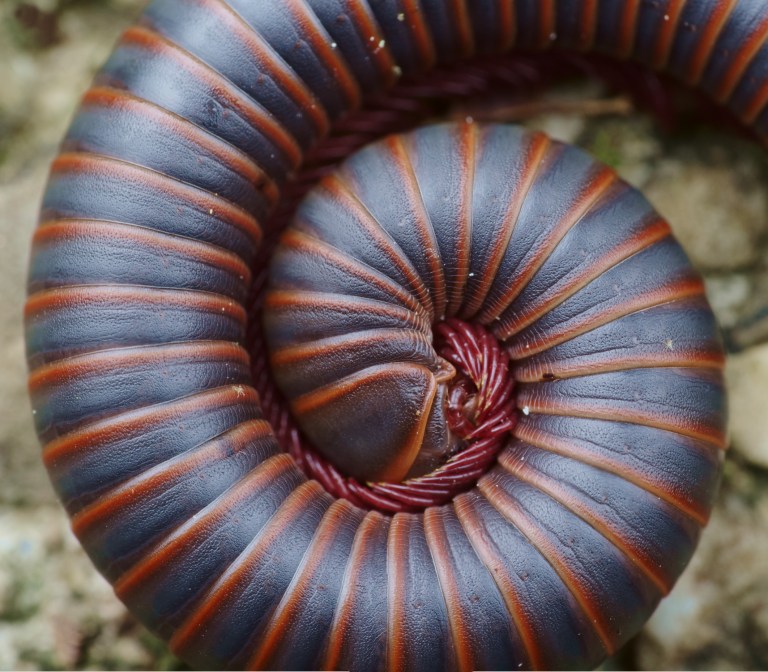
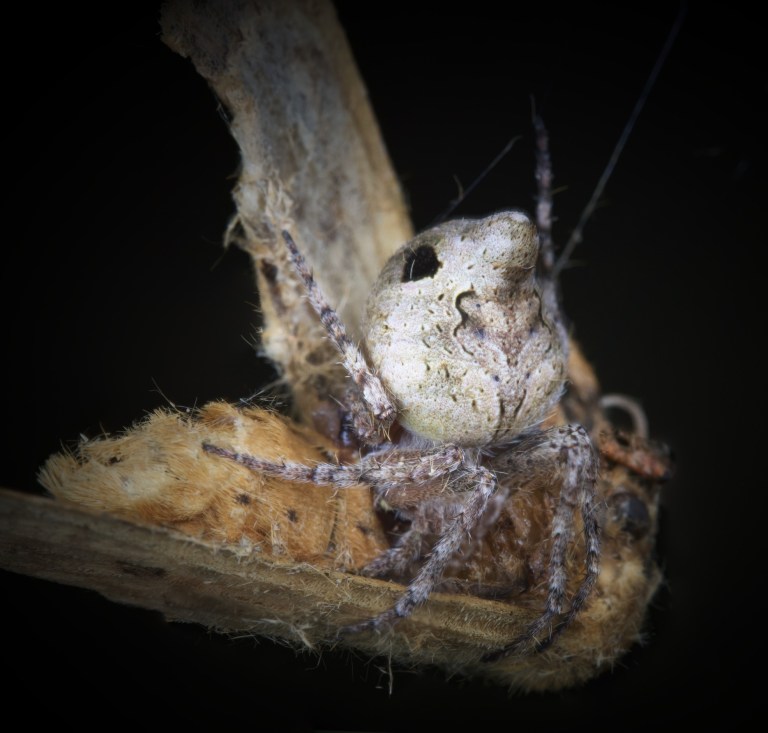
Super photos.
Wonderful, as always!
Wonderful photos, as always.
Wonderful photos Mark. Not just sharp and exemplary for the subject: But beautiful too.
Incredible. Thanks!
Fantastic. Thank you!
The female is feeding on bird poo,
which is a thing that these bugs often do:
There’s a 19th c. style poem there… I just don’t know enough to fill it out…
They think it tastes nice,
Well better than lice,
After all they know much more than you.
Not 19th c , so don’t laugh, I did like the pictures as well
Yes!!
[ wild applause ]
These are excellent as always. I especially love the hairy visage of the Robber Fly.
(This is a duplicate comment — my earlier one seems to have vanished)
Success in Ohio! Thanks for sharing these quality photos.